2,6-DINITROPHENOL
- CAS NO.:573-56-8
- Empirical Formula: C6H4N2O5
- Molecular Weight: 184.11
- MDL number: MFCD00024235
- EINECS: 209-357-9
- SAFETY DATA SHEET (SDS)
- Update Date: 2024-12-18 14:15:30
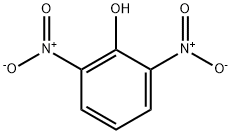
What is 2,6-DINITROPHENOL?
Chemical properties
Light yellow crystalline
The Uses of 2,6-DINITROPHENOL
2,6-Dinitrophenol is an aromatic nitrophenol.
Definition
ChEBI: 2,6-dinitrophenol is a dinitrophenol.
General Description
Yellow crystalline solid with a sweet musty odor. Sinks and mixes slowly with water.
Air & Water Reactions
Mixes slowly with water.
Reactivity Profile
2,6-DINITROPHENOL can detonate or explode when heated under confinement [USCG, 1999]. Phenols do not behave as organic alcohols, as one might guess from the presence of a hydroxyl (-OH) group in their structure. Instead, they react as weak organic acids. Phenols and cresols are much weaker as acids than common carboxylic acids (phenol has Ka = 1.3 x 10^[-10]). These materials are incompatible with strong reducing substances such as hydrides, nitrides, alkali metals, and sulfides. Flammable gas (H2) is often generated, and the heat of the reaction may ignite the gas. Heat is also generated by the acid-base reaction between phenols and bases.
Health Hazard
INHALATION, INGESTION AND SKIN ABSORPTION: Headache, anorexia, nausea, vomiting, abdominal pain, diarrhea, fever, pain in chest, difficult breathing, profuse sweating and thirst, dizziness and fatigue. SKIN: Discoloration and irritation. Corrosive to skin.
Purification Methods
Crystallise it from H2O, aqueous EtOH, *C6H6/cyclohexane, or *C6H6/pet ether (b 60-80o, 1:1). [Beilstein 6 III 867, 6 IV 1383.]
Properties of 2,6-DINITROPHENOL
| Melting point: | 61-63 °C(lit.) |
| Boiling point: | 318.03°C (rough estimate) |
| Density | 1.7195 (rough estimate) |
| vapor density | 6.35 (vs air) |
| refractive index | 1.4738 (estimate) |
| solubility | Solubility Sparingly soluble in water; soluble in ethanol, chloroform, ether |
| form | crystals |
| pka | 3.69, 3.7, 3.5(at 25℃) |
| color | Yellowish |
| PH Range | Colorless (1.7) to yellow (4.4) |
| Water Solubility | 314.9mg/L(15 ºC) |
| Merck | 14,3282 |
| BRN | 1913410 |
| Stability: | Light Sensitive, Possibly Shock Sensitive |
| Major Application | Energetic materials, battery, lubricants, curing agents for epoxy resins, fungicidal, herbicidal, food storage, drugs |
| CAS DataBase Reference | 573-56-8(CAS DataBase Reference) |
| EPA Substance Registry System | 2,6-Dinitrophenol (573-56-8) |
Safety information for 2,6-DINITROPHENOL
Computed Descriptors for 2,6-DINITROPHENOL
New Products
Indole Methyl Resin tert-butyl 9-methoxy-3-azaspiro[5.5]undecane-3-carboxylate Boc-His(Boc)-OH 2-CTC Resin 4-Chloro-7-tosy1-7Hpyrrolo[2,3-d]pyrimidine 5,7-Dibromo-1H-indole 2,5-dichloro-N-hydroxy-4,6-dimethylpyridine-3-carboximidamide 2,2-Dimethoxy-7-azaspiro[3.5]nonane hydrochloride 4-chloromethyl-5-methyl-1,3-dioxol-2-one (DMDO-Cl) R-2-BENZYLOXY PROPIONIC ACID 1,1’-CARBONYLDIIMIDAZOLE 1,1’-CARBONYLDI (1,2-4 TRIAZOLE) N-METHYL INDAZOLE-3-CARBOXYLIC ACID 4-((2-hydroxyethyl)thio)benzoic acid 1-(TERT-BUTOXYCARBONYL)-2-PYRROLIDINONE Methyl 6-methylnicotinate 3-Pyridineacrylic acid tert-Butyl carbazate TETRAHYDRO-2H-PYRAN-3-OL 2-((4-morpholinophenylamino) (methylthio) methylene) malononitrile 3-(4-morpholinophenylamino)-5-amino-1H-pyrazole-4-carbonitrile 2,4-dihydroxybenzaldehyde 1,3-Diethyl-1,3-Diphenylurea Methyl 2-methylquinoline-6-carboxylateRelated products of tetrahydrofuran
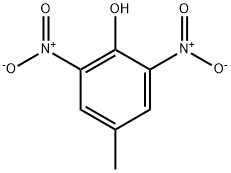
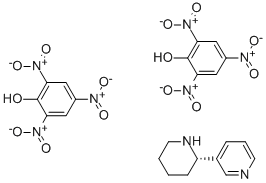
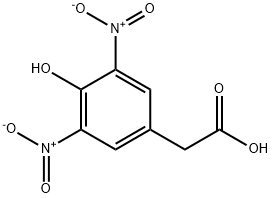
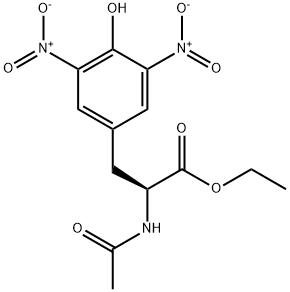

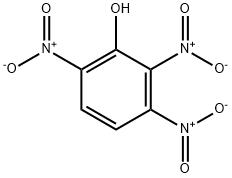
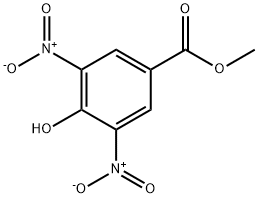
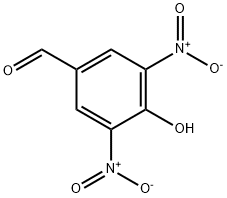
You may like
-
 Pyridine 99.5% HPLC /UV SpectroscopyView Details
Pyridine 99.5% HPLC /UV SpectroscopyView Details
110-86-1 -
 Guanine , 99%View Details
Guanine , 99%View Details
73-40-5 -
 Piperazine Spot supply, best priceView Details
Piperazine Spot supply, best priceView Details
110-85-0 -
 Potassium Hydroxide 90%View Details
Potassium Hydroxide 90%View Details
1310-58-3 -
 Dibutyl PhthalateView Details
Dibutyl PhthalateView Details
84-74-2 -
 Imidazole Spot supply, competitive priceView Details
Imidazole Spot supply, competitive priceView Details
288-32-4 -
 Octadecyl 3-(3,5-di-tert-butyl-4-hydroxyphenyl)propionate 98% (GC)View Details
Octadecyl 3-(3,5-di-tert-butyl-4-hydroxyphenyl)propionate 98% (GC)View Details
2082-79-3 -
 Thiourea 99% ARView Details
Thiourea 99% ARView Details
62-56-6
